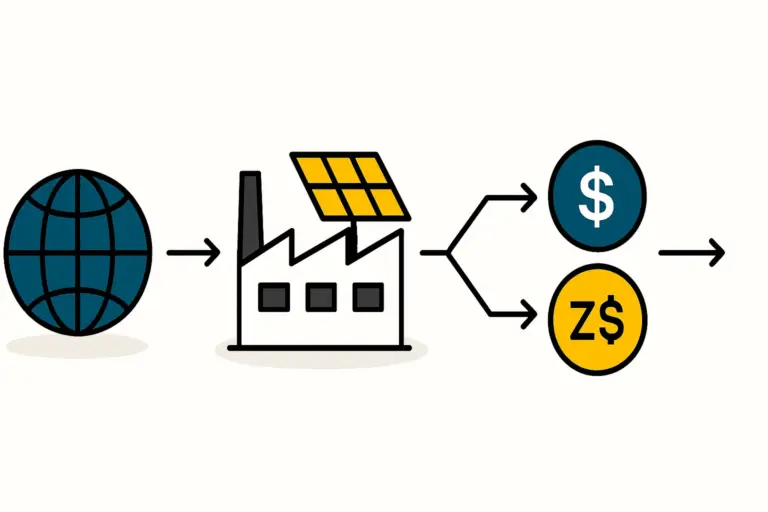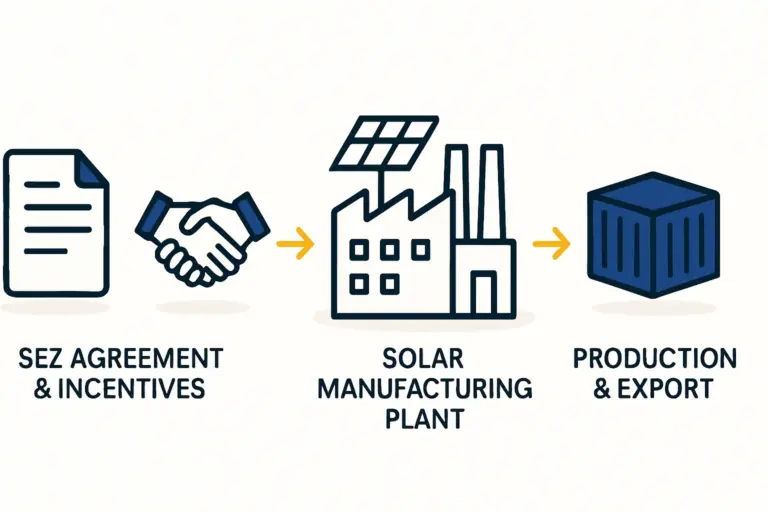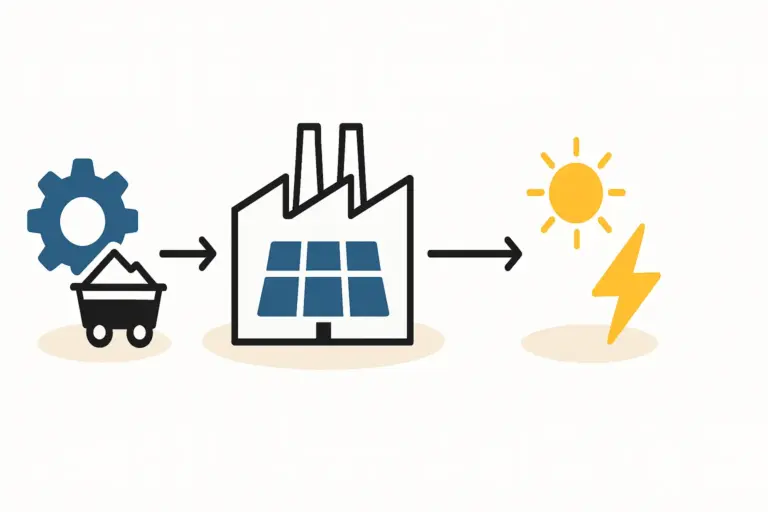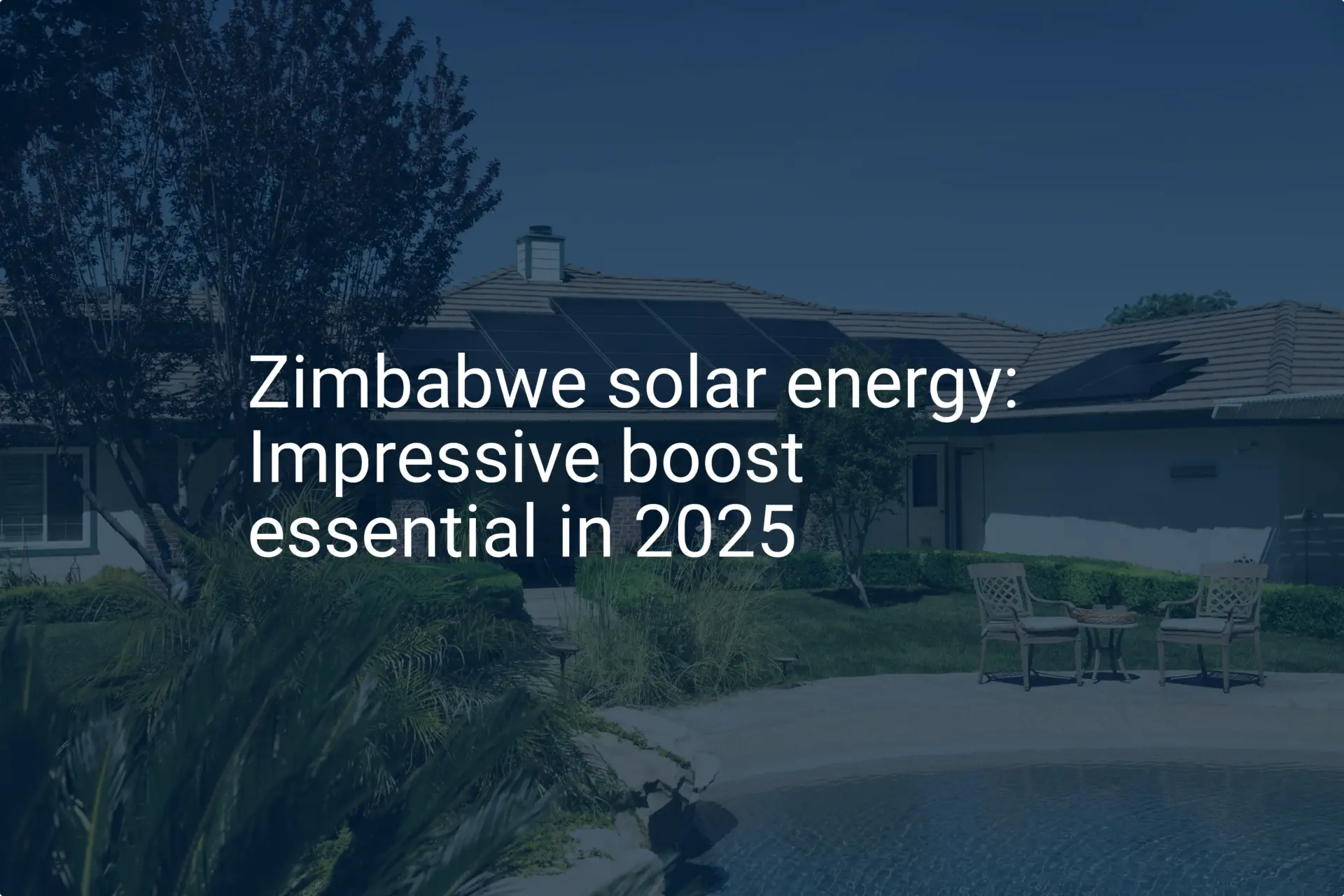Imagine the final preparations for your new solar module factory in Harare. The state-of-the-art machinery is calibrated, the staff is trained, and the first batch of raw materials is ready. Suddenly, the power cuts out, halting the entire operation.
This scenario isn’t a remote possibility; it’s a daily operational risk in many regions with high growth potential for solar manufacturing. Ironically, the very industry designed to solve energy challenges is often vulnerable to them.
For entrepreneurs venturing into solar manufacturing in Zimbabwe, addressing the national grid’s instability isn’t an optional extra—it’s a foundational requirement for success. This guide outlines a technical strategy to achieve complete energy autonomy, ensuring your factory operates smoothly 24/7, independent of grid failures.
The Core Challenge: Grid Instability vs. Manufacturing Demands
To plan effectively, it’s crucial to understand the scale of Zimbabwe’s energy challenge. The country’s power infrastructure faces significant hurdles. According to reports from the Zimbabwe Power Company (ZPC) and independent energy analyses, national demand for electricity often reaches 1,600 megawatts (MW), while available supply frequently hovers around 1,200 MW. This deficit is largely due to an aging fleet of coal-fired power plants.
For businesses, the direct consequence is persistent load shedding, with power outages that can last for more than 12 hours a day. For a precision manufacturing process like solar module production, such interruptions are catastrophic. They can lead to:
- Production Halts: Every minute of downtime is a direct loss of revenue.
- Material Waste: An abrupt power loss during lamination or cell stringing can ruin an entire batch of modules.
- Equipment Damage: Sudden power surges or outages can damage sensitive and expensive solar module manufacturing equipment.
- Inability to Meet Deadlines: Unreliable production schedules make it impossible to fulfill client orders on time, damaging the business’s reputation.
The solution lies in creating a self-contained, reliable power source for the factory—a concept known as captive power generation.
Designing a Captive Power System for a Solar Factory
A captive power system is an on-site power generation facility that serves a specific industrial or commercial operation. For a solar factory in a high-insolation region like Zimbabwe, the most logical and sustainable approach is a solar-plus-storage system. Zimbabwe benefits from excellent solar irradiation, averaging over 2,100 kilowatt-hours per square meter (kWh/m²) annually, making solar an abundant and cost-effective fuel source.
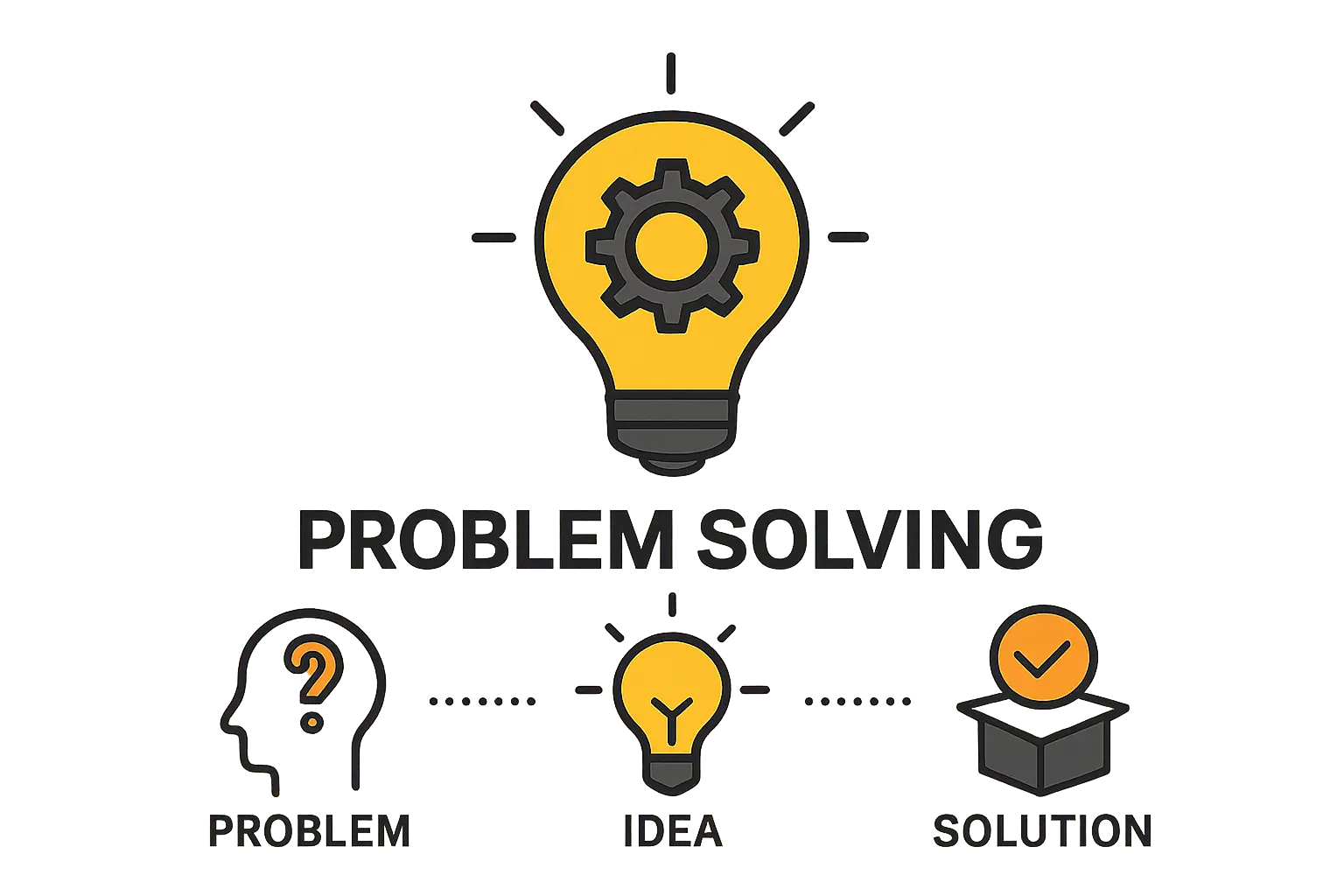
A robust system for 24/7 operation is built on three main components.
1. Primary Power Source: A Dedicated Solar PV Plant
The backbone of the captive power system is an on-site solar photovoltaic (PV) plant. This installation is sized to meet the factory’s full daytime energy demand, with a significant surplus to charge the energy storage system.
For a medium-sized facility, such as a 50 MW annual production line, daily energy consumption can be substantial. The captive solar plant must be engineered to exceed this demand. This often involves utilizing the factory’s rooftop space and, if available, adjacent ground-mounted areas. By using the very products it creates to power its operations, the factory becomes a powerful demonstration of its own technology.
2. Energy Arbitrage: The Battery Energy Storage System (BESS)
To ensure uninterrupted power through the night and on overcast days, a Battery Energy Storage System (BESS) is essential. During peak sunlight hours, the solar plant uses excess energy to charge the BESS. When the sun sets or solar generation dips, the BESS seamlessly takes over, supplying stored energy to the factory.
These sophisticated, industrial-grade systems rely on intelligent software to optimize charging and discharging cycles, maximizing efficiency and battery lifespan. This component transforms an intermittent solar power source into a firm, reliable 24/7 power supply capable of running a modern factory. Based on experience from J.v.G. turnkey projects, sizing the BESS correctly to the factory’s load profile is one of the most critical steps in the planning phase.
3. Failsafe Mechanism: Backup Generation
For ultimate reliability, a backup system is a crucial safeguard against prolonged inclement weather or system maintenance. This typically takes the form of diesel or gas generators.
While the goal is to rely on solar and battery storage for over 99% of operational time, the backup generator acts as an insurance policy. It ensures that the significant investment required for the factory is protected against even the most unlikely power-related events. Its inclusion demonstrates a pragmatic approach to risk management, which is essential for securing financing and ensuring business continuity.
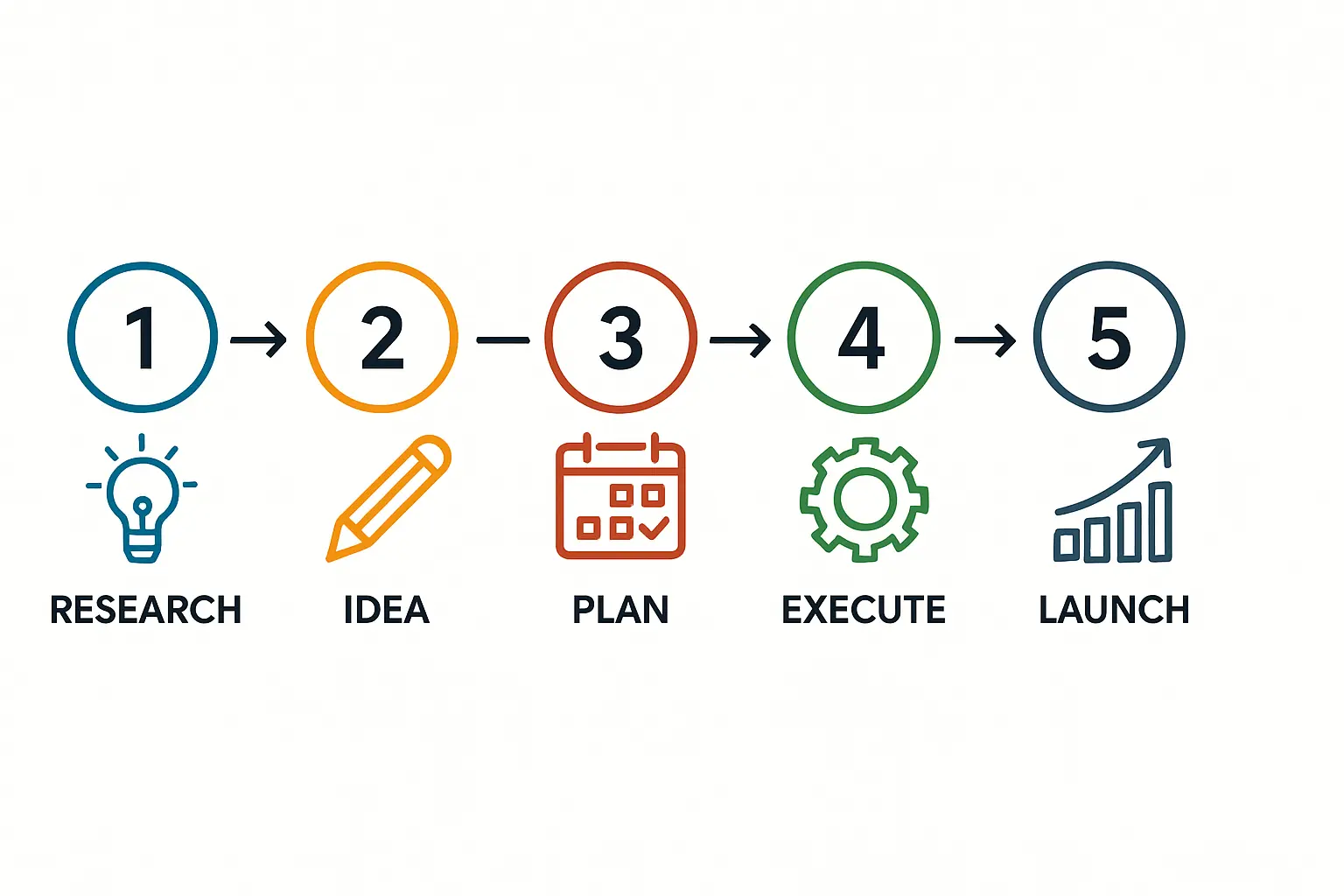
A Model for Industrial Self-Sufficiency
By implementing a captive solar-plus-storage power system, a solar module manufacturing plant in Zimbabwe can shift from a position of vulnerability to one of complete energy independence. This strategy not only solves a critical operational problem but also offers significant competitive advantages:
- Predictable Operating Costs: The factory is insulated from volatile electricity tariffs and the rising cost of diesel fuel.
- Enhanced Reliability: Production schedules can be guaranteed, improving client trust and enabling long-term planning.
- Brand Integrity: A solar factory powered by its own clean energy is a compelling marketing and brand statement.
This forward-thinking infrastructure planning is a core component of a modern turnkey production line setup, turning a regional challenge into a showcase of resilience and sustainability.

Frequently Asked Questions (FAQ)
Why not rely solely on diesel generators for backup power?
While generators are a common solution, relying on them as a primary backup has significant drawbacks. These include high and unpredictable fuel costs, constant maintenance, noise pollution, and substantial carbon emissions. A solar-plus-storage system has a higher initial cost but offers much lower operating expenses, price stability, and a vastly superior environmental profile, making it a more strategic long-term investment.
How much physical space does a captive solar and battery system require?
The space requirement depends directly on the factory’s energy consumption. A key part of the initial planning phase involves a detailed load analysis. The solar PV system can often be installed on the factory’s rooftop, making efficient use of existing space. Ground-mounted systems require additional land. A BESS is relatively compact, often housed in specialized containers, and can be placed adjacent to the factory building.
Can the factory sell excess electricity back to the national grid?
The ability to sell surplus power depends on local regulations and grid infrastructure, often governed by net metering or power purchase agreements (PPAs). While this can be a potential future revenue stream, the primary objective of the captive power system described here is to ensure the factory’s self-sufficiency first. Any grid-export capabilities should be considered a secondary benefit.
How does a captive power system affect the total project investment?
A comprehensive captive power system represents a significant capital expenditure. However, it should not be viewed as an optional cost. It is a fundamental piece of production infrastructure, akin to the manufacturing equipment itself. Factoring this cost into the initial business plan is essential for accurately calculating the overall investment required and for building a resilient, long-term profitable operation. Without it, the entire investment in the production line remains at risk.


